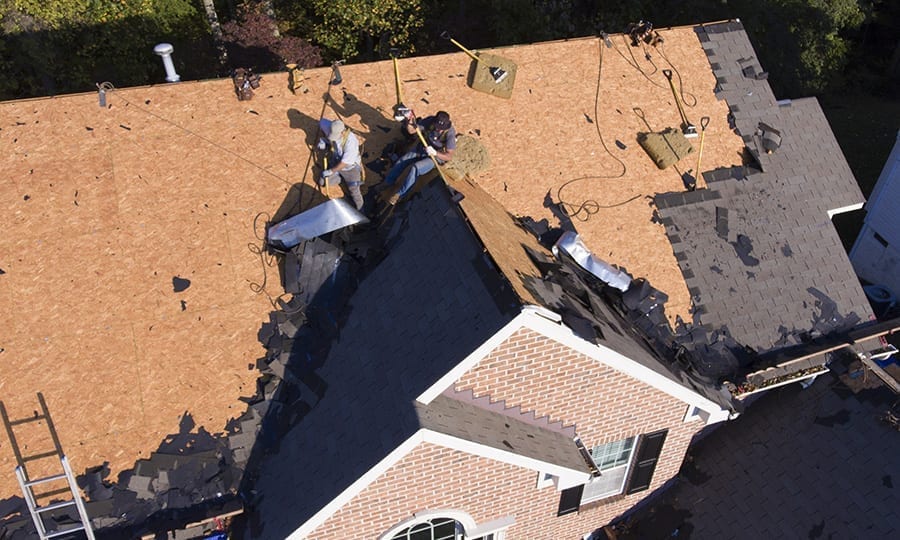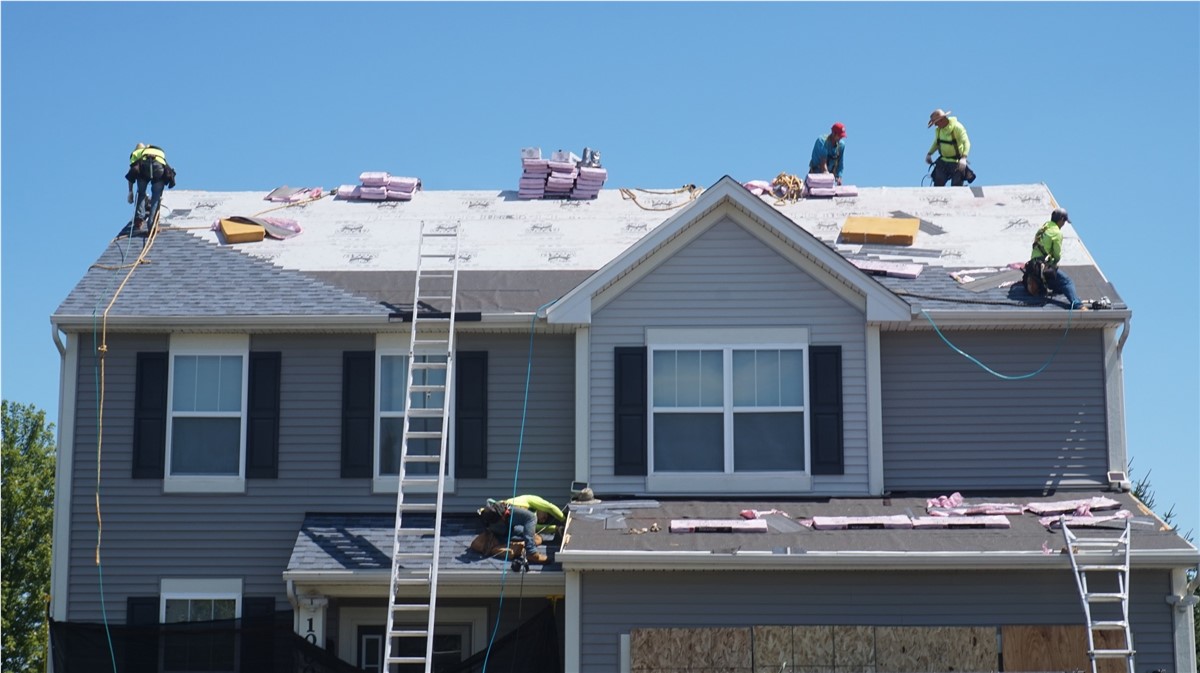Reviewing the Best Roofing Products for Substitute: A Comprehensive Analysis of Toughness, Cost, and Aesthetic Appeal
Picking the best roof covering material for replacement entails a mindful analysis of a number of crucial factors, including durability, price, and visual allure. Each option provides unique benefits and drawbacks; as an example, asphalt roof shingles are economical yet shorter-lived, while steel roof coverings assure longevity at a greater financial investment. Additionally, the visual effect of materials like clay tiles can not be neglected, despite their premium price point. Comprehending how these aspects interact can considerably influence the decision-making process. As we check out these facets even more, the effects for your details circumstance come to be progressively essential.
Introduction of Roof Products
As homeowners progressively focus on resilience and power efficiency, understanding the various roof covering products readily available for replacement ends up being necessary. The option of roofing materials directly influences not only the visual allure of a home however also its long-lasting efficiency and maintenance expenses.
Amongst the most typical roof covering products are asphalt roof shingles, steel roofing, and floor tile. Metal roof, which consists of products such as steel and aluminum, offers remarkable sturdiness and energy effectiveness, often showing warmth and minimizing cooling expenses.
Furthermore, more recent materials such as artificial roof shingles and green roof are acquiring grip. Synthetic options resemble traditional products while providing enhanced sturdiness and reduced upkeep demands. Environment-friendly roof coverings, which include greenery, add to power efficiency and biodiversity.
Sturdiness Assessment
When evaluating roof covering materials for substitute, sturdiness is a vital aspect that house owners should consider. The lifespan and resilience of roof covering products directly affect long-lasting maintenance and substitute costs. Different products show varying levels of toughness, making it crucial to recognize their efficiency under ecological stressors.
Asphalt tiles, while preferred for their cost-effectiveness, normally last 15 to thirty years and may need even more frequent replacement due to degeneration from UV direct exposure and extreme weather condition. In contrast, steel roof uses exceptional resilience, with a life-span of 40 to 70 years and resistance to wind, fire, and insects. In addition, clay and concrete floor tiles can sustain extreme conditions, commonly outliving 50 years, although their weight demands a durable structural support group.

Expense Contrast
Considering the economic ramifications of roof materials is important for homeowners planning a replacement. The price of roof covering materials can vary significantly based upon aspects such as material kind, installation intricacy, and regional pricing differences.
Asphalt roof shingles are among the most cost-effective options, normally ranging from $90 to $100 per square (100 square feet), making them a preferred choice for budget-conscious property owners. On the other browse around this site hand, steel roofing can cost in between $250 and $700 per square, depending on the sort of metal and surface chosen. While metal roofing systems often tend to have a greater in advance cost, their long life and power efficiency may cause expense financial savings gradually.
Clay and concrete tiles are likewise on the greater end of the range, averaging in between $300 and $600 per square. These materials use sturdiness and aesthetic charm but call for a substantial first investment.
Last but not least, slate roof covering, understood for its extraordinary toughness and classic look, can vary from $600 to $1,500 per square, making it one of the most pricey choice. Property owners should weigh the initial prices against the expected life expectancy and maintenance demands of each product to make an informed decision.
Aesthetic Considerations
Aesthetic factors to consider play a vital function in choosing roof products, as the roofing system significantly affects a home's total appearance and curb appeal. Homeowners usually look for products that complement their architectural design and boost the visual allure of their residential or commercial property. The shade, texture, and account of roof covering materials can significantly affect the general visual.
Materials such as asphalt tiles offer a selection of shades and styles, making them a prominent selection for domestic jobs. In contrast, metal roofing offers a sleek, modern-day appearance and is available in numerous coatings that can fit modern styles. Conventional choices like clay floor tiles or slate can evoke a classic elegance, attracting those that prefer timeless visual appeals.
Moreover, the combination of roofing materials with bordering elements, such as siding and landscaping, is critical. A cohesive shade combination and harmonious structures can raise a home's outside and contribute to its worth. Property owners must additionally consider how the chosen roofing product engages with natural light, as this can influence the roofing system's look throughout the day. Ultimately, picking visually pleasing roof covering products requires cautious consideration of individual preference, building style, and the general vision for the home.
Last Recommendations
Picking the right roof product can dramatically enhance a home's toughness and visual appeal. roof replacement. Based upon our evaluation of longevity, expense, and aesthetic variables, we advise 3 key alternatives for homeowners look these up thinking about a roof replacement
To start with, asphalt roof shingles stay the most prominent option as a result of their cost and adaptability. They provide an excellent balance of cost-effectiveness and defense, making them suitable for a lot of household applications. House owners should consider their longevity, as they usually last 15 to 30 years.

Lastly, for those seeking an upscale visual, slate or floor tile roof uses unequaled elegance and durability. These materials come with a high cost tag, their life expectancy can go beyond 100 years, making them a worthy investment for deluxe homes.
Inevitably, the very best option will rely on private budget, visual preferences, and regional environment considerations. Property owners need to speak with a roofing expert to assess their particular requirements.
Conclusion
In final thought, picking the proper here are the findings roof material necessitates a mindful evaluation of toughness, cost, and visual allure. Asphalt tiles offer an economical service with moderate longevity, while metal roof masters longevity and energy efficiency. Clay and concrete ceramic tiles, although costlier, substantially improve aesthetic charm and stand up to serious climate condition. Ultimately, the decision must align with specific budget plans, design choices, and local climate variables, emphasizing the significance of expert consultation for informed selections.
 Neve Campbell Then & Now!
Neve Campbell Then & Now! Tia Carrere Then & Now!
Tia Carrere Then & Now! Alicia Silverstone Then & Now!
Alicia Silverstone Then & Now! Ben Savage Then & Now!
Ben Savage Then & Now! Talia Balsam Then & Now!
Talia Balsam Then & Now!